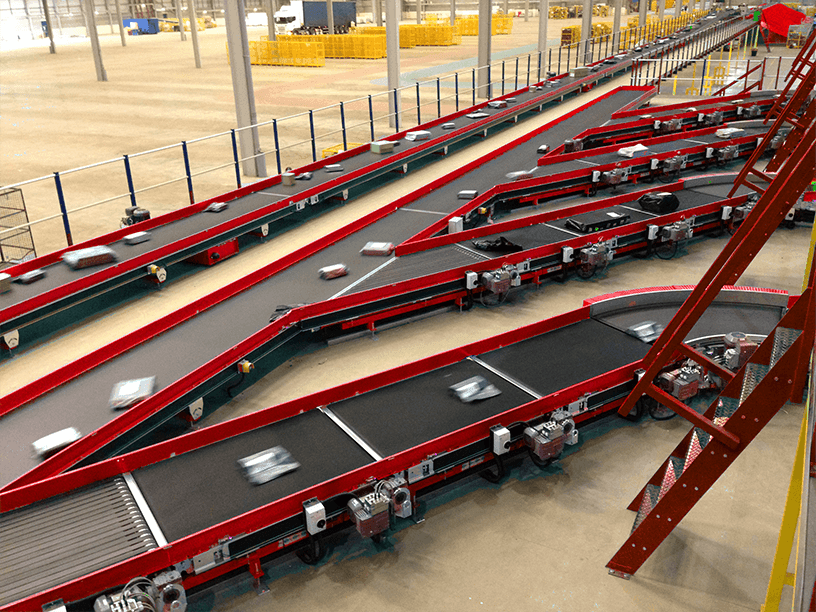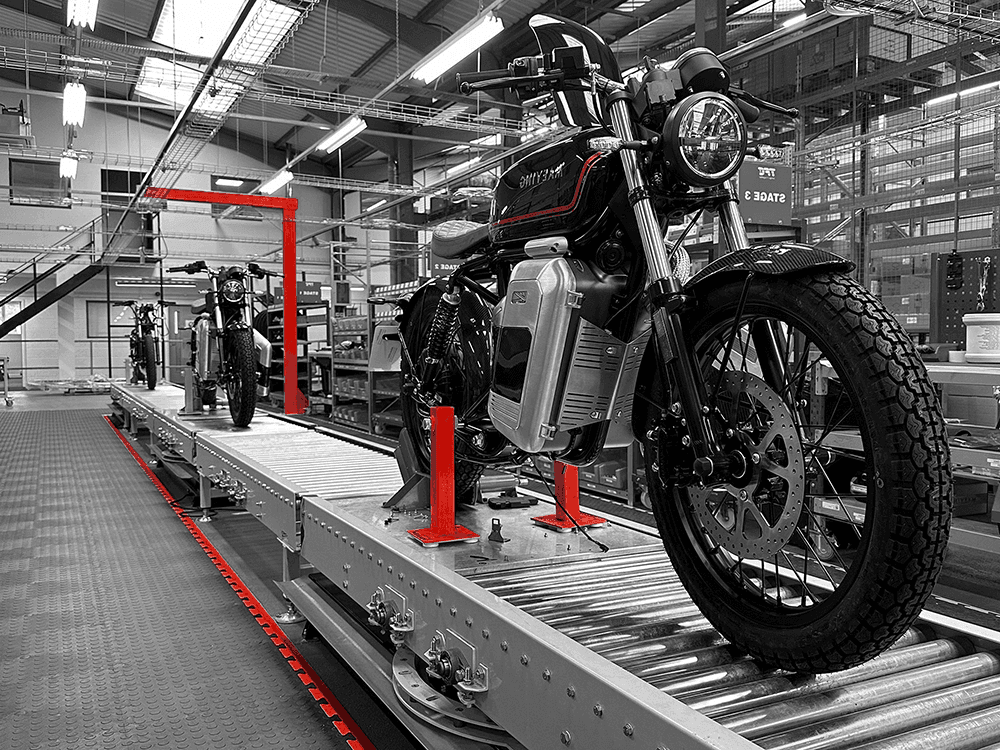Manual Handling vs Conveyor Systems
One of the first and most impactful steps towards automation is moving from manual material transport to conveyor belts. Conveyor systems are ideal for repetitive movement tasks, allowing human operators to be redeployed elsewhere in the business for more value-added activities such as quality control.
Compared to manual handling, conveyor systems offer several distinct advantages:
Speed is one of the most noticeable differences. While manual handling is limited by human capacity and pace, conveyor systems deliver consistent and high-speed transport, enabling faster throughput across the warehouse floor.
Labour dependence is also reduced. Manual handling requires a high number of human workers to carry out repetitive transport tasks, whereas conveyor systems automate this function, freeing up warehouse operators for more strategic roles.
Error rates tend to be more variable when relying on human processes, which can lead to inaccuracies in the picking process or delays in the packing process. Conveyor systems offer lower and more predictable error rates, supporting improved inventory accuracy and customer experience.
Safety risks are significantly higher with manual handling due to lifting, twisting, or moving heavy items. Conveyor systems reduce these risks by minimising the need for physical interaction with transported goods.
Finally, scalability is a key consideration. Manual operations are often difficult to scale, particularly during peak demand. Conveyor systems, especially modular ones, are easier to expand as part of advanced warehouse automation solutions.
By shifting from manual material movement to conveyor systems, warehouse managers can significantly improve operational efficiency and better meet customer expectations through more responsive, automated warehouse environments.








